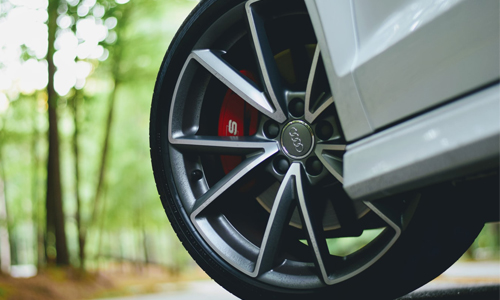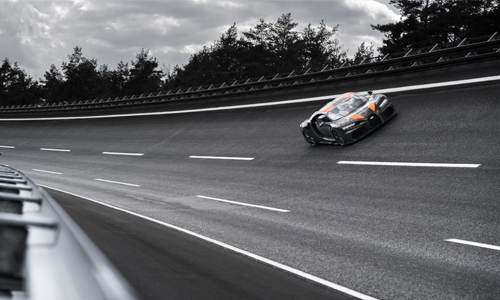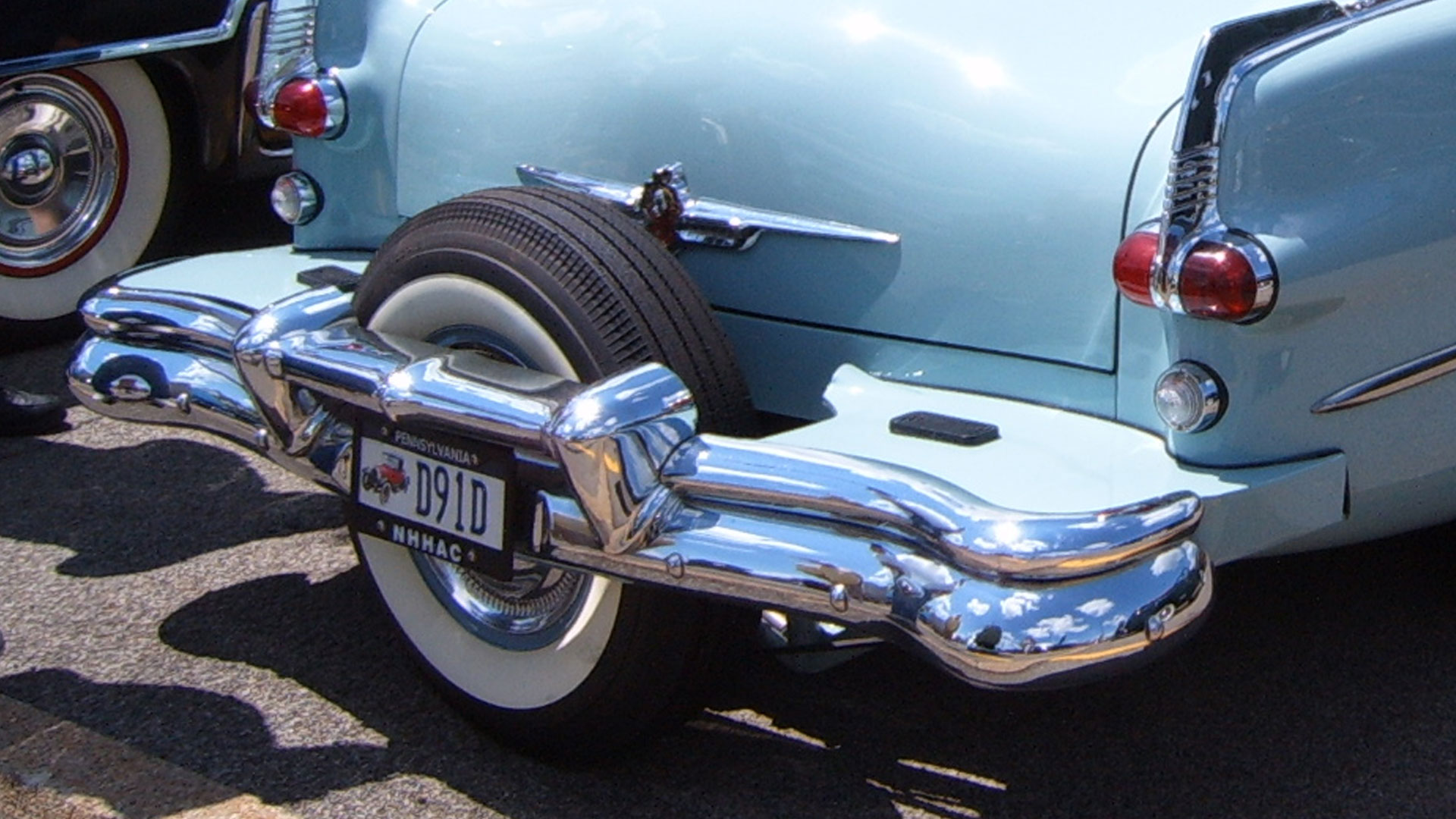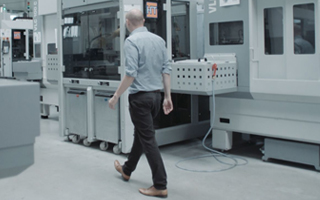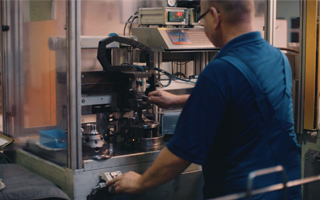What Would Airless Tyres Mean For Safety?
Tyres are without doubt one of, if not the, most important part of a car. When you actually think about it, the tyre is the only part that actually touches the road surface, unless something has gone horribly wrong.
Every single piece of engineering in a vehicle is actioned through this point of contact.
Incredibly the vast majority of drivers try to save money on their tyres. It’s a distressed purchase that usually comes at the wrong time that rates alongside MOTs and insurance as one of the great inconveniences of motoring.
WHY ARE TYRES SO IMPORTANT?
Tyres are essentially the only part of a car that you’re required to change within warranty from what was supplied by the manufacturer.
Manufactures supply the best tyres with the best grip for that car so sticking as close to that recommendation as possible should be the mind-set. Buy the best tyres you can afford, not the cheapest tyres you can get away with.
Delving into the deepest darkest corners of the Internet to grab a bargain is a false economy because they just don’t last as long.
WE ALWAYS THINK WE KNOW BEST.
When your tyre pressure warning lights pops on how many of us deal with it straight away?
Running on under-pressure tyres impacts handling, grip and vehicle performance. In the wrong conditions that can represent a threat to your safety.
That’s assuming the uneven tyre pressure doesn’t cause a blowout. At speed the wall of your tyre ripping itself to pieces can prove fatal.
The most dangerous part of a car has always been the squidgy bit with ears sat behind the steering wheel. It’s no surprise that in the never ending quest to make vehicles safer and more efficient, the driver is always the untameable element.
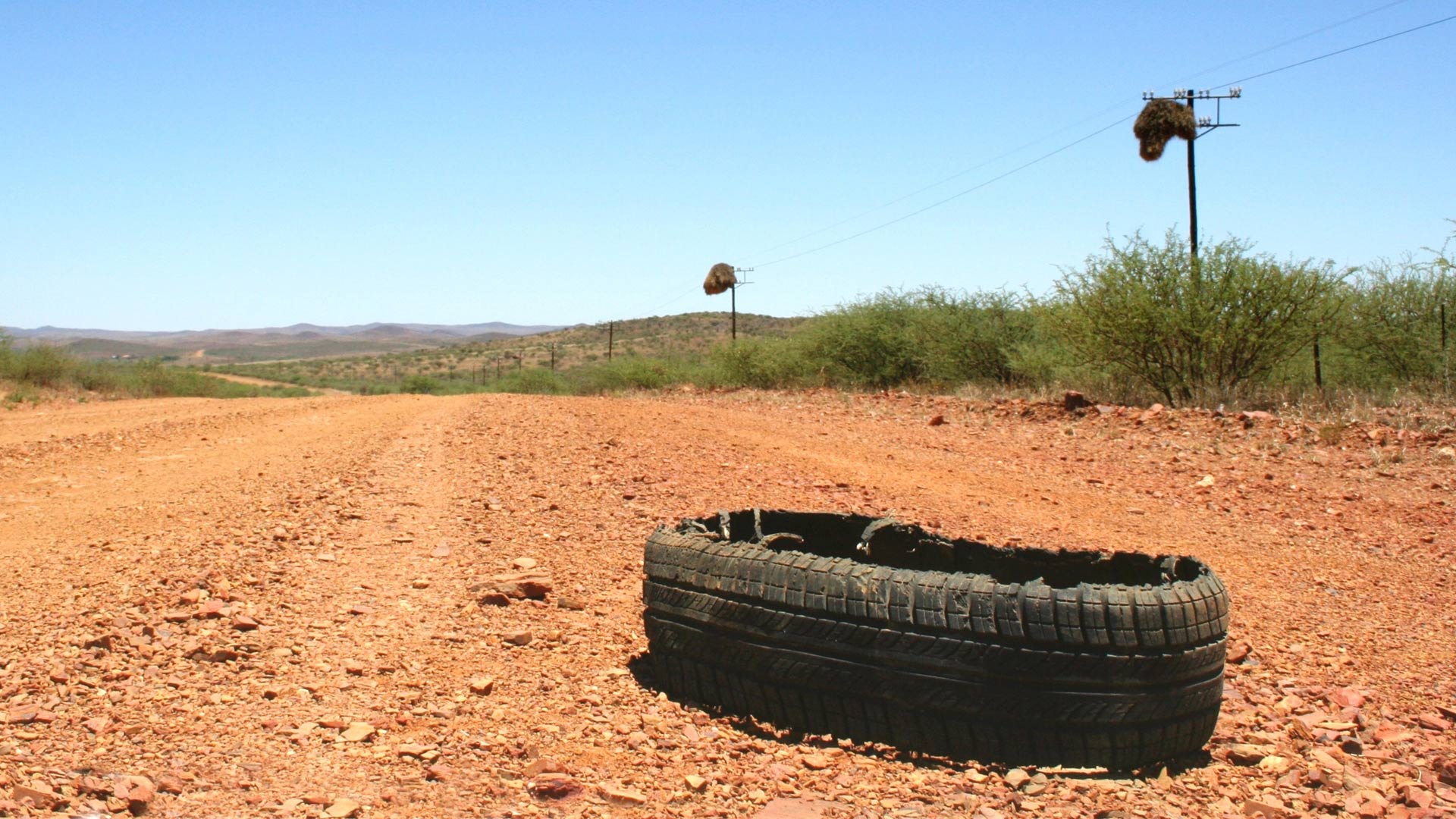
WHAT CAN BE DONE ABOUT TYRES?
Car manufactures have successfully removed humans from most of the driving process, so how do we remove the poor decision making of bad tyres?
The integrity of a tyre is almost always dependent on the amount or type of air inside.
Air is actually very unstable, expanding and contracting under weather conditions. Underinflated tyres can flex too much at higher speeds and so begin to stretch from the lack of air pressure - creating heat and leading to the nightmare scenario.
Unevenly inflated tyres can have the exact same effect, perhaps even worse. Throwing the wheel off camber on an already underinflated tyre at high speed and over irregular surfaces increases the risk of a blowout even more.
Overinflated tyres lead to completely different problems. Instead of increasing the risk of a blowout (which is what you might have expected), it decreases the amount of contact the tyre has with the road surface. Less grip means less control. Less control can lead to skidding or critically; rolling the car.
WHAT’S THE SOLUTION?
Airless tyres are nothing new. The biggest manufacturers have been developing and using them with commercial vehicles for years. Running costs are an enormous factor as with commercial vehicles tyre blowouts are a common, costly and messy inconvenience.
The average household has one or maybe two cars. A set of new tyres is a pain.
A multinational corporation could rely on hundreds of vehicles, and one single breakdown or regular part replacement could cost millions. That’s a problem.
The technology around most airless tyres is quite different so for the sake of this article, we’ll be discussing airless tyres as a concept instead of delving into the specifics.
As you might have guessed, airless tyres have no air.
With this key element removed, we suddenly have something entirely new. We have a vehicle component that doesn’t need anywhere near the same level of maintenance. We’ve removed a human (you) from the decision making process and moved it back to the manufacturer.
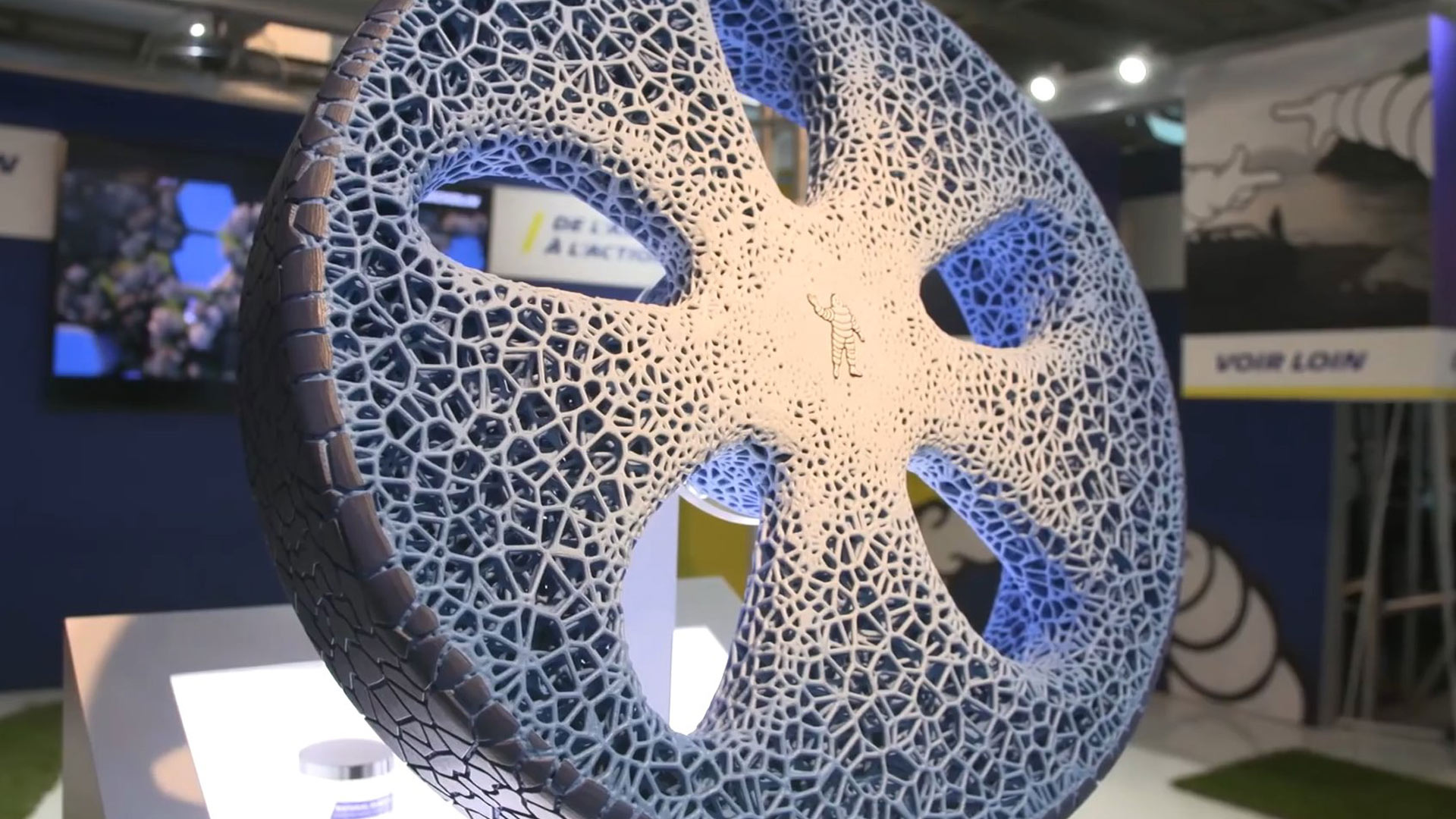 Image courtesy of Michelin
Image courtesy of Michelin
WE’RE NOT THERE YET
There’s good reason why airless tyres are only currently being used with agricultural and service vehicles. These vehicles tend to move very slowly and are quite often autonomous. They’re not designed to be comfortable and they’re not designed to set a hot lap around the Nürburgring.
They exist to last and to require less maintenance.
Tyres have been filled with air since the beginning of the automobile. Since the first suspension system was designed and developed years ago, it has essentially followed the same blueprint since.
Air acts as a key component in the suspension system. The two work harmoniously together and losing that element might and probably will require a radical redevelopment.
In its current form, airless tyres are unlikely to provide anything in the way of improved safety for those on the road. The good news is that innovators are experimenting with entirely new concepts, including honeycomb structures that are naturally filled with air and flex to the contours of the road.
It’s not likely to be a revolution any time soon but it’s definitely on the horizon.
IS IT WORTH IT?
Thinking optimistically, airless tyres would provide reduced emissions, running costs, maintenance and even a significant amount less material to develop.
It will however take time, money and resources to make it a reality. However, the benefits mean there is a growing demand. There’s also ever increasing pressure on manufacturers from governments to produce safer cars. An airless tyre is the next logical step.
The business world demanded a solution for enormous vehicle maintenance bills on their slow moving autonomous and agricultural vehicles. This demand was met with a solution in the form of ‘tweels’ and variations thereof.
One day, we might see airless tyres becoming the new norm. As the car continues to evolve, moving further and further away from the blueprints of old, new technologies will inevitably force dramatic change.
For the time being there is no clear path or product that can provide the same base level of performance as a standard tyre. But who knows: we have a remarkable habit of surprising ourselves.


